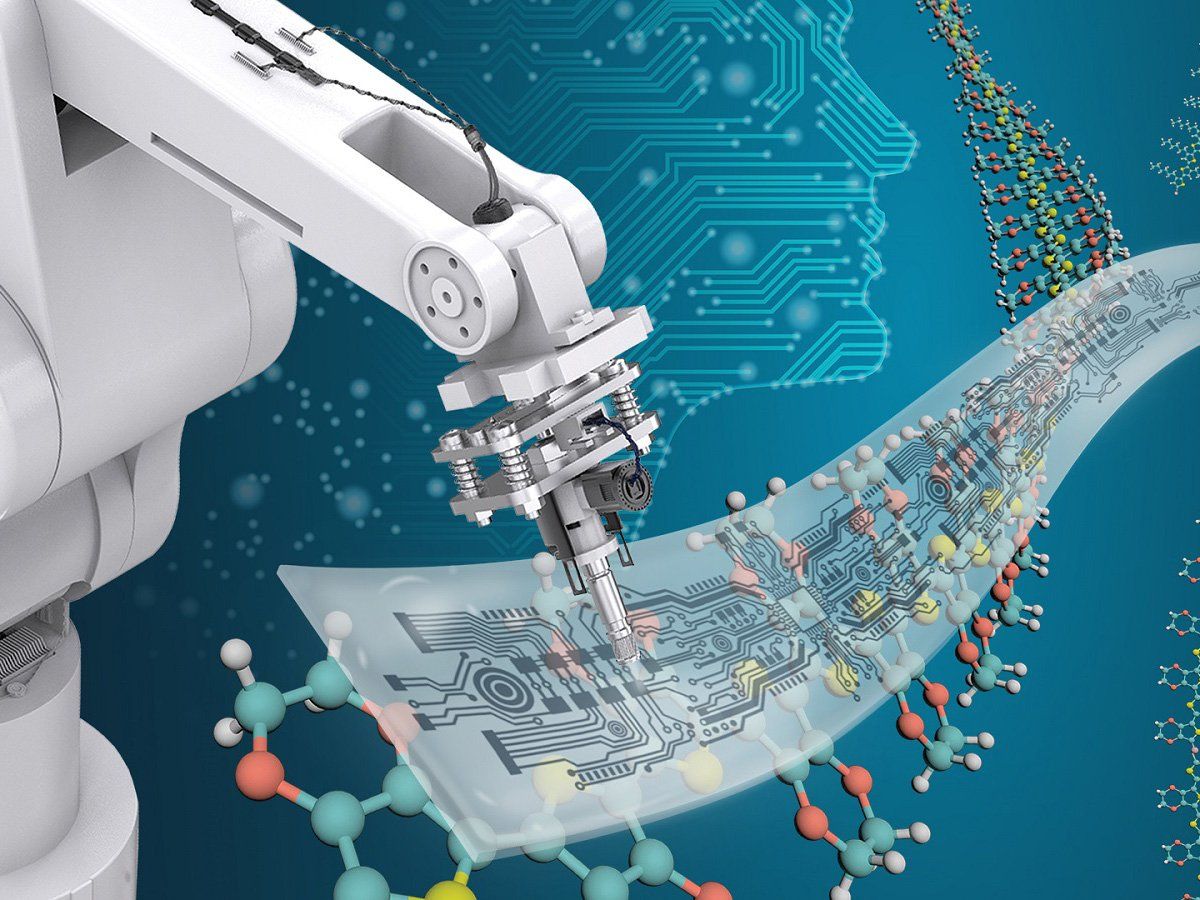New materials are urgently needed to make better components of the type used for sustainable energy. Technologies like nuclear fusion and quantum computing need materials that can tolerate high levels of radiation or support quantum computing while being safe, cost-effective, and sustainable. But those materials don’t yet exist, and discovering them is a herculean task that involves synthesizing and testing large numbers of hypothesized materials.
“The discovered materials are a very tiny fraction of the hypothesized materials—like a droplet of water in an ocean,” wrote MIT professor of nuclear science Mingda Li over email.
The ability to carry out tasks without human intervention makes a self-driving lab a “closed-loop” system, which Polybot achieved last June.
One tool researchers are increasingly using to help with this discovery process is the self-driving lab—a laboratory system that combines advanced robotics with machine-learning software to run experiments autonomously.
For instance, Lawrence Berkeley National Laboratory‘s A-Lab just opened last month and aims to prospect for novel materials that could help to make better solar cells, fuel cells, and thermoelectric technologies. (The lab says the “A” in its name is deliberately ambiguous, variously standing for autonomy, AI, abstracted, and accelerated.)
Another recently minted self-driving lab—named Polybot, at Argonne National Laboratory in Lemont, Ill.—has been in business a little longer than A-Lab. As a result, it has climbed the ladder of lab autonomy toward its own materials science quests. Polybot consists of chemical-analysis equipment, computers running machine-learning software, and three robots. There is a synthetic robot that runs chemical reactions, a processing robot that refines the products of reactions, and a robot on wheels with a robotic arm that transports samples between stations. Robots are programmed using Python scripts and perform all manual tasks in experiments, like loading samples and collecting data.
Data collected from experiments are then sent to the machine-learning software for analysis. The software analyzes the results and suggests changes for the next set of experiments, such as adjusting the temperature, quantity of reagents, or length of reactions. The ability to carry out all this without human intervention makes a self-driving lab a “closed-loop” system, which Polybot achieved last June.
Argonne scientist Jie Xu, who started planning Polybot in 2019, said she wants the self-driving lab to function as a resource that’s “universally applicable and reconfigurable,” so researchers of all stripes can take advantage of it. Xu and fellow Argonne scientists have used Polybot to research electronic polymers, which are plastics that can conduct electricity. The hope is to create polymers that can make better and more sustainable versions of technologies we use today, like solar cells and biosensors.
Xu estimates that they would have to attempt a half million different experiments before they exhausted all possible ways of synthesizing their target electronic polymer. It’s impossible for a self-driving lab to attempt all of them, let alone for human researchers, who can generate only about 10 molecules in two years, Xu say.
Self-driving labs help to speed up the process of synthesizing new materials from two directions, Xu said. One is by using robotics: Robots can perform the synthesis and analysis of hypothesized materials faster than humans can, because robots can run continuously. The other way is to use machine learning to prioritize which parameters to adjust that are most likely to yield a better result during the next experiment. Good prioritization is important, Xu said, because the sheer number of adjustable experimental parameters—such as temperature and quantity of reagents—can be daunting.
There are only a handful of self-driving labs around the world today. That number will be increasing soon, though. Every U.S. national lab, for starters, is now building one.
Self-driving labs also offer the advantage of generating large amounts of experimental data. That data is valuable because machine-learning algorithms need to be trained on a lot of data to produce useful results. A single lab isn’t capable of generating that magnitude of data on its own, so some labs have started to pool their data with that of other researchers.
LBNL’s A-Lab also regularly contributes data to the Materials Project, which aggregates data from materials science researchers around the world. Milad Abolhasani, whose lab at North Carolina State University studies self-driving labs, said expanding open-access data sharing is important for self-driving labs to succeed. But sharing data effectively will require standardization of how data from labs are formatted and reported.
Abolhasani estimates that there are only a handful of true self-driving labs around the world—labs able to run continuously without human intervention and without frequent breakdowns. That number may soon increase, he said, because every national lab in the United States is building one.
But there are still significant barriers to entry. Specialized robots and lab environments are expensive, and it takes years to build the required infrastructure and integrate robotic systems with existing lab equipment. Every time a new experiment is run, researchers may find that they have to make further customizations to the system.
Henry Chan, Xu’s colleague at Argonne, said they eventually want Polybot’s machine-learning capabilities to go beyond just optimizing experiments. He wants to use the system for discovery—creating completely new materials, such as polymers with new molecular structures.
Discovery is much harder to do, because it requires machine-learning algorithms to make decisions about where to proceed from an almost unlimited number of starting points.
“For optimization you can still kind of define the space, but for discovery the space is infinite,” said Chan. “Because you can have different structures, different compositions, different ways of processing.”
But results at A-Lab suggest it may be possible. When the lab opened earlier this year, researchers tried synthesizing completely new materials by running their machine-learning algorithms on data from the Materials Project database. The self-driving lab performed better than expected, yielding promising results 70 percent of the time.
“We had expected at best a success rate of something like 30 percent,” wrote A-Lab’s principal investigator, Gerd Ceder.



